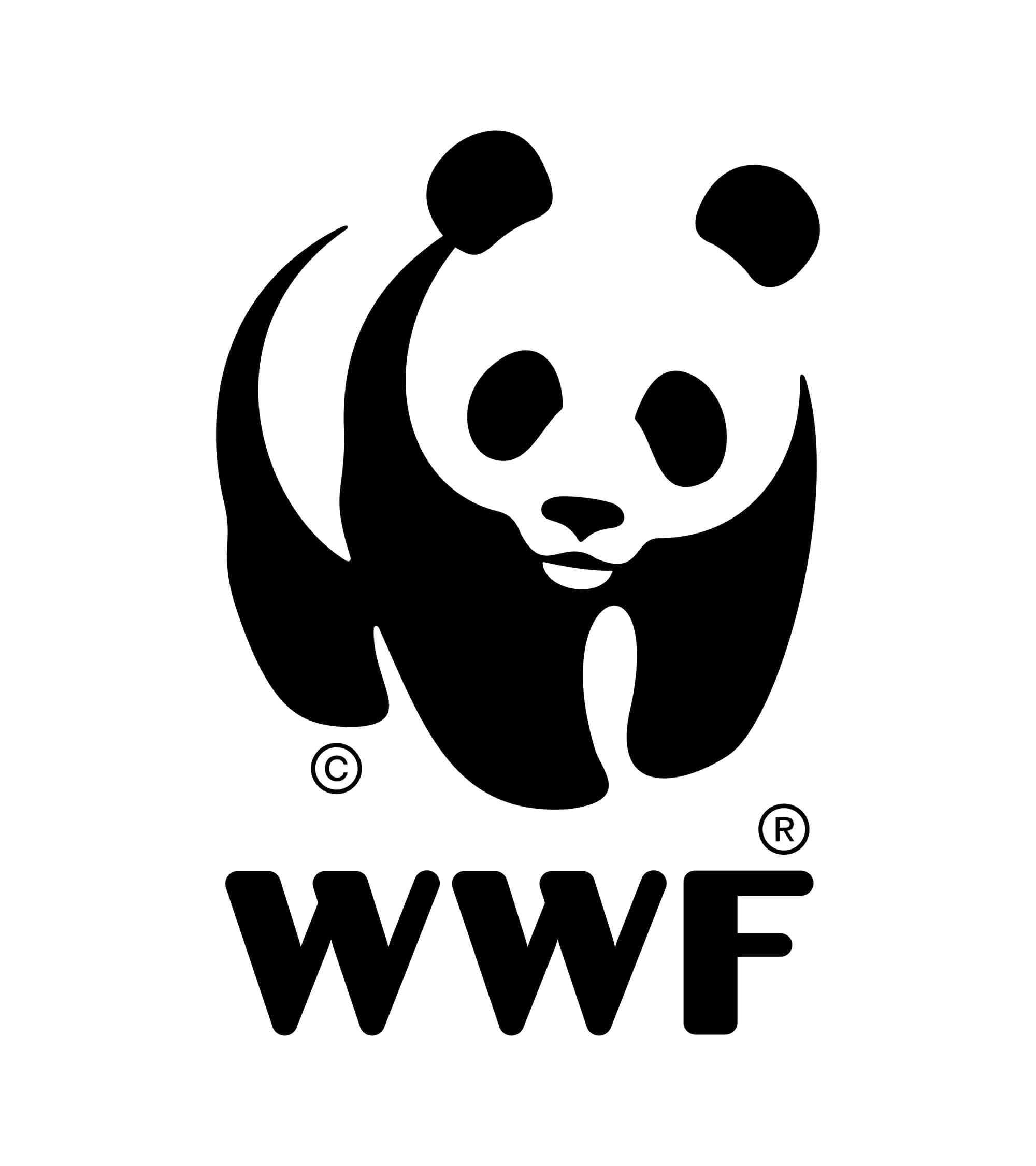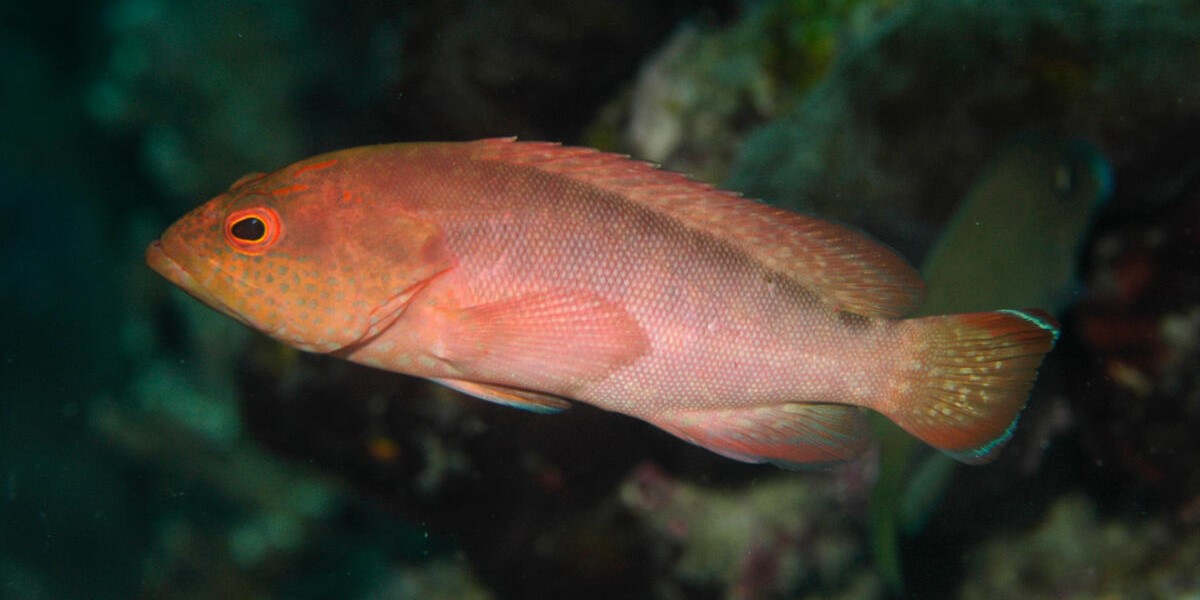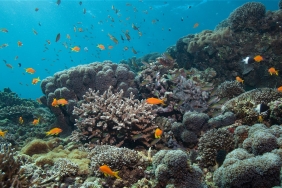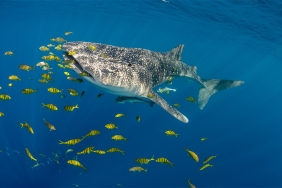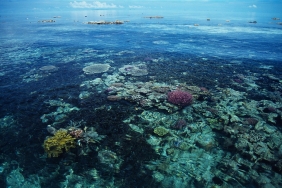THE UPS AND DOWNS OF GROUPER MARICULTURE PROJECT IN BERAU
Jakarta (12/05)- The pilot project of grouper mariculture in Berau Regency – East Kalimantan initiated in 2009 is now entering its third cycle. 1200 fingerlings of Tiger Grouper (Epinephelus fuscoguttatus) were purchased from hatchery in Situbondo – East Java. Even though they had traveled a very long journey of more than 13 hours, through land, air, and water; all survived as the stocking process commenced in Kampung Balikukup – Berau, where the pilot project has been undertaken. This project is managed by Kelompok Sapandapat, a local fishermen group which has been assisted by WWF-Indonesia since the activity started.
Tracing back to moment it was established, a number of precious experiences as lesson-learned has been revealed. Destructive live grouper hunting was one of the key reasons why WWF-Indonesia conducted the project in Berau. That irresponsible practice had been indicated to be the major cause of coral reef ecosystem damage in the area. Berau is not only famous for its iconic sea turtle but also poses a hidden treasure of grouper fishery. The demand for live grouper has been increasing particularly for export market. The groupers are kept alive until they are successfully shipped to the overseas. They are only killed just before they are about to be cooked. This is a way to preserve its delicacy and freshness. This market demand has forcedfishermen to hunt the groupers as many they could. The cyanide fishing has become very popular among them as the most favourite method to catch more groupers in a less time.
The effect on the targeted fish is disorientation and semi-paralysis. When the groupers are in that state, they are easily caught. Behind the cyanide fishing, there have been tremendous price we should pay. The coral reefs have been severely damaged as the cyanide kills the corals. The more cyanide used, the coral reef ecosystem will suffer more and more. The decreased population of groupers has also been affected by the destructive and irresponsible cyanide fishing practice. Most fishermen have not yet been aware at the size of the groupers they caught, from adults to juvenile become their target until nothing left in the sea. “There are two key strategies that are feasible to be implemented to overcome the destructive live grouper trade. First, to improve the catch method, transforming it from the destructive practices into more sustainable ones. Second, to divert or create alternative livelihood for the fishermen from catching the wild groupers into something else which generates equal benefit. One of them is to culture the grouper” said Candhika Yusuf, WWF-Indonesia Aquaculture Coordinator.
Running the grouper mariculture pilot project in Berau is not as easy as in paper works theory. The feasibility study conducted in 2009 and the first test mariculture cycle on August 2010 marked the two intial activities in the project. Challenges have been arisen along the journey.
During the first test cycle, WWF-Indonesia assisted and supported three local fishermen groups; “Kelompok Kabilahian” in Tanjung Batu Village, “Kelompok Idaman Bersama” in Teluk Sulaiman Village, and “Kelompok Sapandapat” in Balikukup Village. 1000 fingerlings of tiger groupers (E. fuscoguttatus) were purcahesed from Balai Besar Riset Perikanan Budidaya Laut in Gondol – Bali. They were donated by UD Pulau Mas (one of the live grouper exporter which has passed some of the initial steps required for e Seafood Savers membership). UD Pulau Mas also transported the fingerlings from Bali to Berau by using one of their vessels.
After 7 day-sea journey, only 600 fingerlings survived. The mass mortality was suspected due to the improper handling of the fingerlings during the transshipment. Another “dark” experience was encountered during the period of August – November 2010. 100% & of the fingerlings cultured by Kelompok Kabilahian and Kelompok Idaman Bersama failed to survive due to several technical and non technical problems. The only survivors were the fingerlings managed by Kelompok Sapandapat although the mass mortality also occurred in the Balikukup.
On May 2011, WWF-Indonesia conducted the second cycle to the Kelompok Sapandapat in Balikukup. This time, 1000 fingerlings were purchased from hatchery in Situbondo – East Java. The combination of inadequate handling during the transportation, substandard of fingerlings quality, and the unpredicted storm during the journey from Tanjung Redeb (capital city of Berau Regency) to Balikukup Village had caused a number of fingerlings died. Only350 fingerlings survived by the time of stocking process in the floating cage of grouper mariculture in Balikukup. During the following months, the mortality continued to occur until there were only 38 groupers left. Those survivors were harvested last week.
Despite of poor production rate, Kelompok Sapandat has not been demotivated to continue the project. They believe that in the near future the grouper mariculture would generate financial benefit provide prosper life for them.
“The hard struggle and high motivation to fight as well as the commitment of Kelompok Sapandapat has become the most valuable energy for WWF-Indonesia Aquaculture. Together we have experienced precious lesson learned on how to select the best quality of grouper fingerlings, to better manage and overcome the transportation issue from hatchery to mariculture site, to perform high discipline of conducting grouper mariculture in accordance to the Better Management Practice (BMP), to improve the group capacity on feed management and grouper disease prevention as well as and handling issue. We are optimistic that the third cycle would deliver series of new success stories of grouper mariculture in Berau Regency,” Candhika emphasized.
WWF-Indonesia has been working in Berau Regency since 2000, with sustainable support from WWF-Netherland and DANIDA (Danish International Development Agency). On April 2012, WWF-Indonesia published a series of Better Management Practices (BMPs) which provide guidelines of responsible and sustainable fisheries practices including grouper mariculture, traditional and semi-tradisional shrimp farming, tilapia aquaculture, tuna fishery, coral reef fishery, turtle bycatch handling in tuna longlines and trawls, and tuna longline fishery to reduce bycatch. In order to accelerate the implementation of the BMPs, WWF also provides assistances for small scale fishermen & farmers as well as fisheries companies in conducting field activities and ensuring their chain of custody standards.
